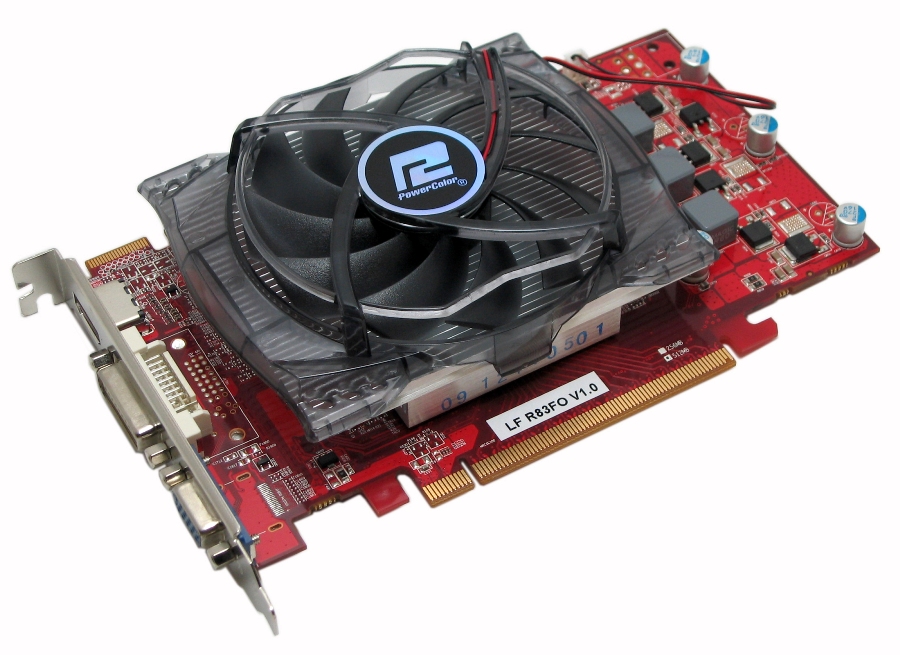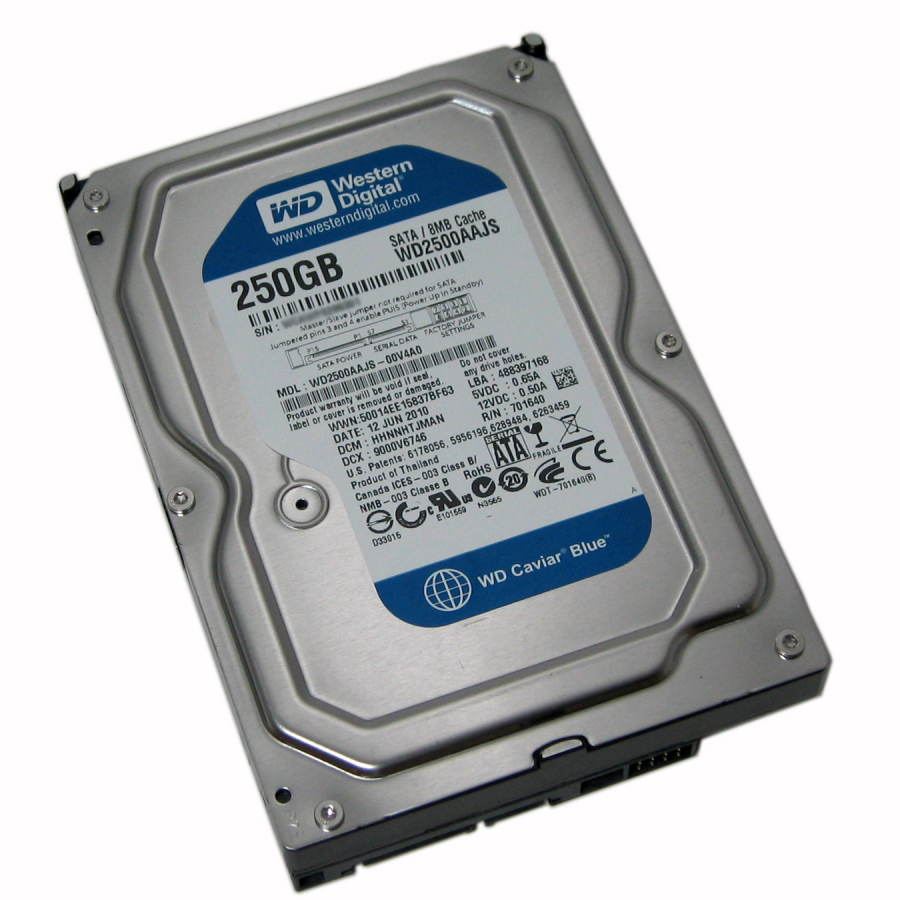System Builder Marathon, Sept. 2010: $400 Gaming PC
Graphics Cards And Hard Drive
Graphics Cards: PowerColor AX5670 512MD5-H
The Powercolor AX5670 512MD5-H is a reference-clocked Radeon HD 5670 with 512 MB of GDDR5 memory running at 1000 MHz (4 Gb/s).
This month’s choice shares a striking resemblance to the AX5770 1GBD5-H used in our $550 PC from June. A similarly-styled cooler is again both quiet and effective, and the same output port array includes 1 x DVI, 1 x D-Sub, and HDMI.
Read Customer Reviews of PowerColor's AX5670 512MD5-H
Of course, these two DirectX 11 cards are very different with regard to price and performance. While the Radeon HD 5770 is literally half of a Radeon HD 5870, the 5670 is in many ways half of the 5770. It sports 400 stream processing units (shaders), 20 texture units, and eight ROPs.
Both cards, however, employ a 128-bit memory interface, and thus have similar memory bandwidth capabilities. It's worth noting that the Radeon HD 5670 does use slightly lower core and memory frequencies.
Once again PowerColor’s retail bundle is light. You won’t find any cables, adapters, or even a CrossFire bridge, but rather just a folded manual sheet and driver CD.
Get Tom's Hardware's best news and in-depth reviews, straight to your inbox.
Hard Drive: Western Digital Caviar Blue WD2500AAJS 250 GB
Read Customer Reviews of Western Digital's Caviar Blue 250 GB
This $45 Western Digital SATA 3Gb/s hard drive spins at 7200 RPM, has 8 MB cache, and is backed by a three year warranty.
Although we consider this reliable and adequate storage for a budget gaming rig, it's admittedly difficult to swallow such a significant reduction in capacity just to save $10.
Current page: Graphics Cards And Hard Drive
Prev Page Motherboard And Memory Next Page Case, Power Supply, And Optical Drive-
SpadeM ReplyGiven the motherboard’s basic passive cooling measures, though, there was really no point in putting more time into lowering the CPU multiplier, pushing a high reference clock, and attempting to maximize northbridge and memory frequencies.
+1 for making this statement, glad someone considered it at least. All in all decent build for the money. -
AMW1011 I'll be honest, I think a $450 budget is a little more reasonable than a $400 budget. At that price a 5750 or even a 5770 can be had, which would have worked fine with all of the other parts and likely would have matched the $550 June build.Reply
Even this $400 build packs a punch, you can get one HELL of a rig for the money any more. It really is insane, and that's not even considering the used or refurb market!
Awesome article, probably one of my favorite SBM, atleast the best I've seen in a long time. -
micr0be very nice build, interesting to see how much performance can be squeezed out of the budget. i was expecting worse results.Reply -
Gamer-girl ReplyIt went $1 over-budget if we substituted in a GeForce 9800 GT.
I doubt someone spending $400 can't afford to add an extra dollar. although i realize that the point in these articles is to stay under the budget, it would have been interesting to see the price/perforamce difference. -
haplo602 nice case, looks very good ... pity that rosewill does not have a downloadable manual for it ...Reply -
HibyPrime I'd be interested to know how much more overclocking headroom you could pull out of it if you left it at 3 cores - and would that net you more performance in most of the benchmarks?Reply
I'd bet if you could pull ~200 mhz more out of it, it would begin to match up with the missing core, and maybe start to pull away around 400mhz. -
Proximon The Cooler Master Elite 460 is a falsely labeled piece of crap. You can find the review (with proper testing) here: http://www.hardwaresecrets.com/article/1005/1Reply
You'll have to spend a little bit more there. Rosewill has a 430W (RG430 S12) unit or the Antec Neo 400W is almost the same price as the CM after a discount and rebate.




